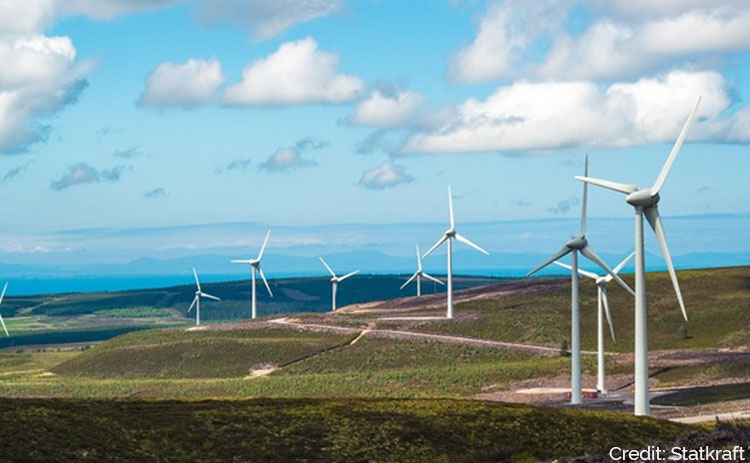Southeast Asia has been slow to act on sustainable development and green economy pledges, unlike many other countries that promise to ‘build back greener’ from the pandemic. But if promoting sustainability becomes a priority for ASEAN member states, the bloc could see its green economy provide up to US$1 trillion in annual economic opportunities by 2030, Bain & Company said in a recent report.
The ASEAN region is currently under increased environmental stress, including diminishing resources and growing carbon emissions.
“After a slow start, Southeast Asia’s governments, corporations and investors are waking up to the economic and societal potentials of the green economy, due in equal parts to need and opportunity,” the report said.
Greener economies will meet the region’s wider environmental, social and governance (ESG) ambitions, and at the same time they could offer multiplier effects to the rest of the economy in Southeast Asia.
For example, shifting to sustainable energy consumption and resource extraction presents US$270 billion in annual economic opportunities by 2030 for Southeast Asia, through a shift to renewables and adoption of circular economy practices. The food and agriculture sector’s transformation to sustainability could offer another US$205 billion in opportunities annually by 2030. Efficient industries and logistics, including digitalisation and standardisation, offers a US$200 billion opportunity by 2030, while green and connected smart cities could unlock US$185 billion in opportunities by 2030, according to Bain & Company.
“Southeast Asia’s journey toward a more sustainable future has begun. The question now is what the rewards will be and who will secure them. If Southeast Asia’s current and future corporate leaders are bold and forward-looking, material opportunities can be captured at home and abroad,” the authors of the report, Bain & Company’s Partner Dale Hardcastle and Expert Partner Gerry Mattios, wrote.

